Running a WordPress site can be a rewarding experience, but it’s not without its challenges. One common issue that website owners encounter is the mixed content error. This error can negatively impact your site’s performance and security, leading to a poor user experience and even loss of traffic. Fortunately, learning how to fix the mixed content error is straightforward, especially with the right guidance and tools.
In this article, we’ll explore what the mixed content error is, its causes, and how to fix the mixed content error using different approach. By following this step-by-step tutorial, you’ll be able to resolve this issue and ensure your WordPress site runs smoothly and securely.
- What Is the Mixed Content Error in WordPress?
- What Causes the Mixed Content Error in WordPress?
- How to Identify the Mixed Content Error in WordPress
- Mixed Content Error Impact On Website Security and SEO
- How To Fix Mixed Content Error in WordPress
- Fix the WordPress Mixed Content Error Manually via Code
- Fix the WordPress Mixed Content Error Using WordPress Plugins
- How Does the ‘Widgets’ Level Fix Mixed Content Errors in WordPress?
- Updating Media and Links to HTTPS To Fix WordPress Mixed Content Error
- How the ‘Capture’ Method Solves Mixed Content Issues
- What to Do When the Mixed Content Error Persists?
- Why Choose SSL Insecure Content Fixer Plugin to Fix Mixed Content Error
- How to Prevent the Mixed Content Error in WordPress
- WordPress Mixed Content Error FAQ
- Can Fixing Mixed Content Errors Affect Ads on a WordPress Site?
- Conclusion: Easy Fix The Mixed Content Error
What Is the Mixed Content Error in WordPress?
The mixed content error occurs when a webpage contains both secure (HTTPS) and non-secure (HTTP) elements. This discrepancy often arises when a site transitions from HTTP to HTTPS. Browsers, such as Chrome and Firefox, flag these pagesIn WordPress, a page is a content type that is used to create non-dynamic pages on a website. Pages are typica... More because they contain insecure content, despite being served over a secure connection.
Mixed content can include images, scripts, stylesheets, or iframes loaded over HTTP, which undermines the security of the webpage. This not only triggers warnings for your visitors but can also affect your site’s SEO and overall credibility. Understanding how to fix the mixed content error is crucial for maintaining a secure website.

What Causes the Mixed Content Error in WordPress?
Several factors can contribute to the mixed content error in WordPress. Common causes include:
- Incomplete HTTPS Migration: When a site migrates from HTTP to HTTPS, not all URLs might be updated to reflect the new secure protocol.
- Hard-Coded URLs: ThemesA WordPress theme is a set of files that determine the design and layout of a website. It controls everything ... More, plugins, or content may contain hard-coded HTTP URLs, which do not automatically update to HTTPS.
- External Resources: Third-party resources (like images, scripts, or stylesheets) may still be referenced via HTTP.
- DatabaseA database is an organized collection of data stored and accessed electronically. It is a crucial component of... More Entries: Database entries, such as postsA post is a type of content in WordPress, a popular open-source content management system used for creating an... More or pages, might still contain HTTP links.
How to Identify the Mixed Content Error in WordPress
Before you can fix mixed content errors on your WordPress site, you first need to identify where they are occurring. Mixed content issues arise when a secure webpage (served over HTTPS) includes resources (such as images, scripts, or stylesheets) that are served over an insecure HTTP connection. This section will guide you through different methods for identifying mixed content on your WordPress site.
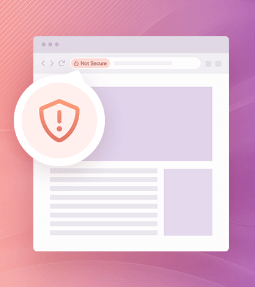
A. Using Browser Developer Tools
One of the most straightforward ways to identify mixed content is by using the built-in developer tools available in modern web browsers. Here’s how to do it:
1. Open Developer Tools: Most browsers allow you to access developer tools by right-clicking on the page and selecting “Inspect” or by pressing F12 on your keyboard.

2. Navigate to the Console Tab: In the developer tools window, navigate to the ‘Console’ tab. This tab displays various messages and warnings related to the webpage you are inspecting.
3. Look for Mixed Content Warnings: Reload your webpage, and take note of any mixed content warnings. These warnings typically include details about the insecure resources being loaded, including their URLs.
By identifying specific URLs that are causing mixed content issues, you can narrow down the areas that need fixing on your site.
B. Online Mixed Content Scanners
If you prefer a more automated approach, several online tools can scan your website for mixed content errors. These tools are designed to crawl your site and identify any insecure resources. Some popular options include:
1. Why No Padlock: This tool scans your website and provides a detailed report on mixed content issues, including the exact URLs causing the problems.
2. SSL Labs’ SSL Test: While primarily used to evaluate your SSL certificate, this tool can also help identify mixed content issues.
3. JitBit SSL Check: This simple tool checks your website for mixed content and highlights any unsecured resources.
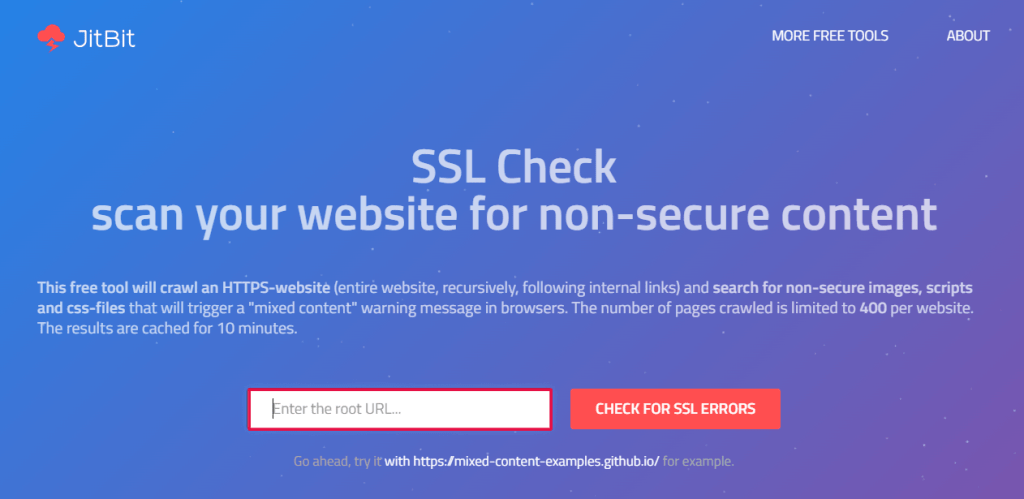
Using these online scanners can save time and provide a comprehensive overview of mixed content issues across your entire site.
C. WordPress Plugins for Detection
For WordPress users, there are several plugins available that can help detect mixed content issues directly from your dashboard. These plugins can automate the detection process and provide actionable insights. Some of the most effective plugins include:
1. Really Simple SSL: This popular pluginA plugin is a software component that adds specific features and functionality to your WordPress website. Esse... More not only helps you migrate your site to HTTPS but also scans for and fixes mixed content issues. It provides a detailed report of insecure elements on your site.
2. SSL Insecure Content Fixer: This plugin offers various levels of scans to detect mixed content, from simple fixes to comprehensive checks. It helps ensure that all elements on your site are loaded securely.
3. Better Search Replace: Although primarily used for search and replace tasks in your database, this plugin can be configured to identify and replace insecure URLs with their secure counterparts.
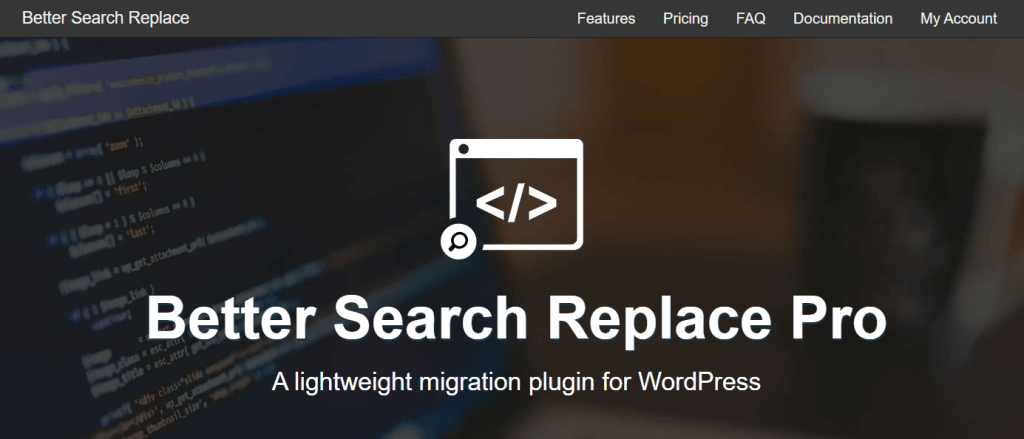
By integrating these plugins into your WordPress site, you can streamline the process of identifying mixed content errors and ensure that your site remains fully secure.
Identifying mixed content is the crucial first step in resolving these security issues on your WordPress site. Whether you choose to use browser developer tools, online scanners, or WordPress plugins, having a clear understanding of where these issues occur will enable you to take effective corrective actions in the next steps.
Mixed Content Error Impact On Website Security and SEO
1. Security Risks: Mixed content undermines the security of your website. While the main page is loaded securely, any insecure elements are susceptible to interception and manipulation by attackers. This can lead to potential breaches of sensitive information, making your site vulnerable to various security threats.
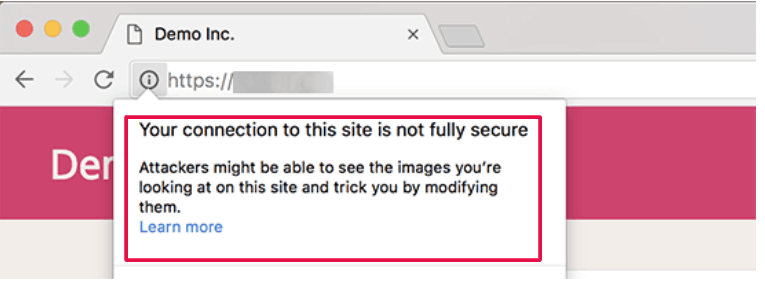
2. User Trust: Modern browsers prominently display security warnings to users when mixed content is detected. These warnings can deter visitors, leading to a loss of trust and credibility, which can adversely affect user experience and engagement.
3. SEO Penalties: Search engines prioritize secure websites in their rankings. Mixed content can negatively impact your SEO efforts, as search engines may deem your site less secure and trustworthy. This can result in lower search engine rankings, reduced visibility, and consequently, a decrease in organic traffic.
By comprehending the nature of mixed content errors, their root causes, and the potential repercussions, you are better equipped to identify and address these issues effectively. The next section will delve into the various methods for identifying mixed content in WordPress, which is the first step towards resolving these errors.
How To Fix Mixed Content Error in WordPress
Addressing mixed content errors in your WordPress site is crucial. It is important for maintaining security. Safeguarding a seamless user experience, and optimizing SEO. Here, we’ll explore the different methods available to fix these errors. From manual code adjustments to leveraging WordPress plugins. And updating your media and links to HTTPS.
Fix the WordPress Mixed Content Error Manually via Code
Manual fixes involve directly editing the code of your WordPress site to ensure all elements are loaded over HTTPS. This method is recommended for users who are comfortable working with HTML, CSS, and potentially PHP.
1. Inspect and Edit Source Code: Use your browser’s developer tools to inspect the source code of your website. Look for URLs that begin with “http://” and change them to “https://”. Common places to check include:
- HTML files: Ensure that all links, images, scripts, and stylesheets are using HTTPS.
- CSS files: Check for any `url()` functions that reference HTTP resources.
- JavaScript files: Ensure that any AJAX requests or external script references are secure.
2. Update Database Entries: Many mixed content issues stem from URLs stored in your WordPress database. Use a plugin like Better Search Replace or run SQL queries via phpMyAdmin to find and replace all instances of “http://” with “https://”.
3. Update Theme and Plugin Files: Sometimes, themes and plugins directly reference HTTP resources. Browse through your active theme and plugin files to update these URLs. Be cautious and back up your files before making changes.
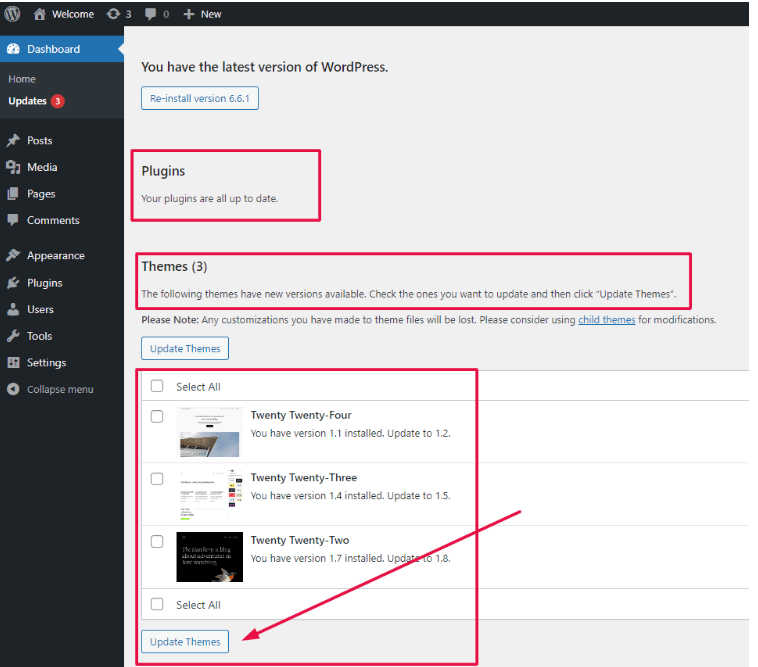
How To Install A Plugin In WordPress To Fix Mixed Content Error
To fix those pesky mixed content errors on your WordPress site, installing a plugin can be a quick and effective solution. Don’t worry if this sounds a bit technical—we’re going to walk through it together, step-by-step. Here’s how to get your site secure and error-free:
Step 1: Install the Plugin
- Access Your WordPress Admin: Start by logging into your WordPress dashboardIn WordPress, the Dashboard is a central hub for managing a website's content and settings. It is the first sc... More with your admin credentials.
- Navigate to Plugins: In the left menu, click on “Plugins,” then select “Add New.”
- Search for an SSL Plugin: Use the search bar to find a plugin designed to fix mixed content issues, like “SSL Insecure Content Fixer.”
- Install the Plugin: Once you find a plugin that fits the bill, click “Install Now,” then activate it to get started.
Step 2: Configure the Plugin
- Access Plugin Settings: After activating, locate the new plugin settings, usually under “Settings” in your dashboard’s sidebar.
- Adjust the Settings: Follow the instructions provided by the plugin to choose the right level of intervention for your site’s content. Many plugins have straightforward setup guides to make this easy.
Step 3: Verify the Fix
- Check Your Site: After configuring the plugin, browse through a few pages on your site to confirm that the mixed content errors are resolved.
- Clear Your Cache: Clear both your site and browser cache to ensure the changes take effect immediately.
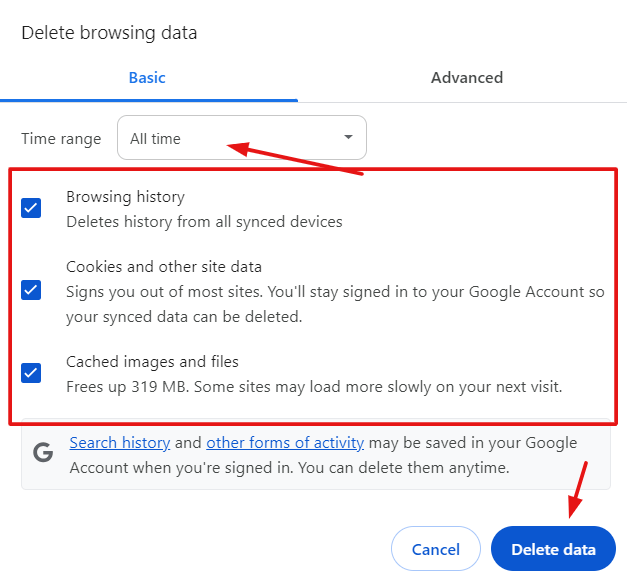
Remember to look through the plugin’s documentation or setup guide for any additional tips or troubleshooting steps. A well-configured plugin can make all the difference in keeping your site secure and error-free!
Fix the WordPress Mixed Content Error Using WordPress Plugins
For those who prefer an automated approach, several WordPress plugins can help fix mixed content errors efficiently.
1. Really Simple SSL: This popular plugin automatically detects your settings and configures your website to run over HTTPS. It handles most mixed content issues by dynamically changing URLs to HTTPS.
2. SSL Insecure Content Fixer: This plugin offers multiple levels of content fixing. From simple fixes for common issues to comprehensive fixes for more complex problems, it allows you to choose the level of intervention needed.
3. WP Force SSL: This plugin forces SSL on your site and fixes insecure content by replacing all HTTP links with HTTPS. It ensures that all resources are loaded securely.
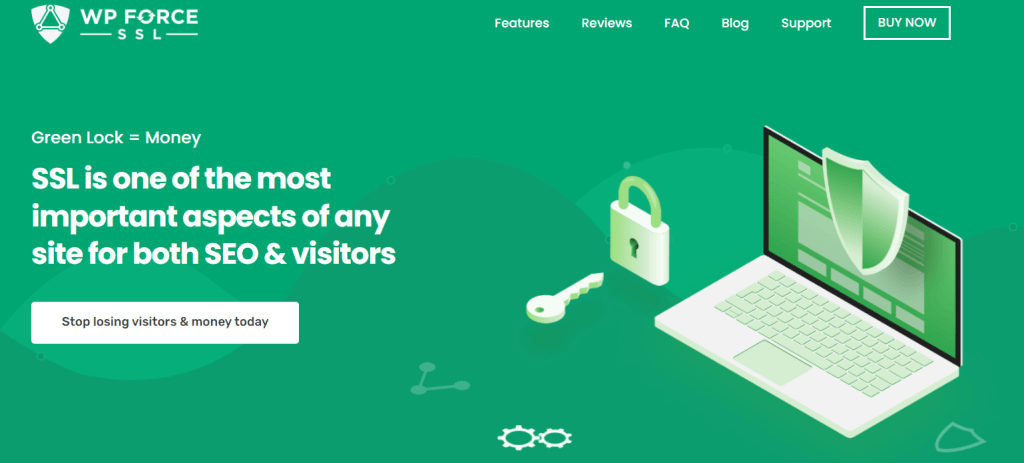
How Does the ‘Widgets’ Level Fix Mixed Content Errors in WordPress?
The ‘Widgets’ level addresses mixed content errors in WordPress by making critical adjustments to the resources loaded within your website’s widgetsA widget is a small block of content that performs a specific function and can be added to certain areas of a ... More. Mixed content errors pop up when a site uses a mix of secure (HTTPS) and non-secure (HTTP) resources, often triggering browser warnings and potentially turning users away.
Here’s how the ‘Widgets’ level specifically tackles these issues:
- Comprehensive Resource Check: Unlike basic content-level fixes, this approach checks every element loaded through your widgets for any non-secure content. This ensures that all resources within your widgets are safe and fully compatible with HTTPS, securing your site from top to bottom.
- Ensuring Secure Connections: Scripts, images, stylesheets—anything loaded via widgets—are carefully configured to be served over HTTPS. By securing these resources, the ‘Widgets’ level reinforces your site’s security, helping users browse with confidence.
- Widget-Specific Fixes: Widgets often pull in resources from content delivery networks (CDNs) or third-party plugins, which can sometimes contain HTTP links. This level addresses those specifics, ensuring that even third-party content doesn’t compromise your site’s security.
Applying these fixes not only protects your site from browser warnings but also helps build user trust, which can positively impact your SEO ranking and make your site a safer, more reliable place to visit.
Updating Media and Links to HTTPS To Fix WordPress Mixed Content Error
Ensuring that media files and internal links are loaded over HTTPS is essential for a fully secure website.
1. Update Media URLs: If your media libraryThe Media Library in WordPress is a feature that allows users to easily upload and manage media files such as ... More contains images, videos, or other files linked with HTTP, update them to HTTPS. This can be done manually or through plugins like Velvet Blues Update URLs, which updates all URLs in your content, excerpts, and custom fieldsCustom fields are a powerful feature of WordPress that allows users to add additional data to their posts, pag... More.
2. Fix Internal Links: Review your site’s internal links and update them to HTTPS. This includes links in posts, pages, menusIn WordPress, a menu is a collection of links that are displayed as a navigation menu on a website. Menus are ... More, and widgets. Again, tools like Better Search Replace can automate this process.
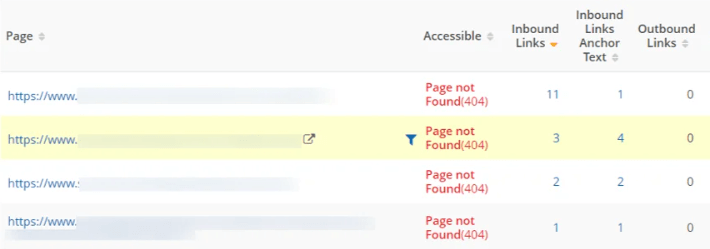
3. Handling External Resources: If you’re using external resources that are only available over HTTP, consider hosting them locally or finding alternative resources that support HTTPS. This might include fonts, scripts, or stylesheets.
By following these steps, you can effectively eliminate mixed content errors from your WordPress site. Not only will this enhance your website’s security, but it will also improve your users’ experience and boost your SEO rankings. Regularly monitoring and maintaining your site will help prevent future mixed content issues and keep your site running smoothly.
How the ‘Capture’ Method Solves Mixed Content Issues
The ‘Capture’ method is a powerful solution for fixing mixed content issues across your website. Think of it as a full-site sweep that carefully scans each page, line by line, identifying and converting all HTTP URLs to HTTPS. This method leaves no stone unturned, ensuring every link, resource, and file on your site meets secure browsing standards. By addressing each non-secure element, the Capture method effectively closes any gaps that could compromise your site’s security.
Drawbacks of the ‘Capture’ Method
While the Capture method is thorough, it’s not without its challenges. The in-depth scan can be resource-intensive, which might lead to slower load times, especially on larger websites where speed is crucial to user experience. Additionally, the extensive processing required may put extra demand on your server, which could impact its efficiency. For smaller sites, these issues might be minimal, but for more complex platforms, balancing thoroughness with performance can be key.
What to Do When the Mixed Content Error Persists?
So, you’ve tried a plugin to fix that stubborn mixed content error, and yet it’s still showing up? Don’t stress—it happens sometimes! Here’s a step-by-step approach to help you troubleshoot and resolve any lingering mixed content issues:
- Double-Check Plugin Settings: Head back to the plugin’s settings page and review every option related to fixing mixed content. Even a small setting adjustment can sometimes be all it takes to resolve the issue.
- Adjust the Plugin’s Fix Levels: Most plugins offer different levels or options for content fixing. Try experimenting with these levels to find the best fit for your site, ensuring that all necessary elements are covered.
- Update the Plugin: Sometimes, plugin updates include essential bug fixes or improvements. If there’s an update available, install it—this could solve the problem instantly.
- Clear Your Cache: Make sure to clear both your website’s and browser’s cache. Cached content might be holding onto the older HTTP links, even after they’ve been corrected.
- Inspect Manually: Use your browser’s developer tools to scan your website and spot any lingering elements still being served over HTTP. This can help you pinpoint the specific resources that are causing the mixed content error.
- Check for Plugin Conflicts: Other plugins on your site could be interfering. Try disabling them one by one to see if any are causing conflicts with your mixed content fix.
- Reach Out to Support: If all else fails, don’t hesitate to contact the plugin’s support team. They may have additional insights or troubleshooting steps specific to their tool that can help you out.

By following these steps, you’ll be well-equipped to tackle any persistent mixed content errors and get your site running smoothly over HTTPS.
Why Choose SSL Insecure Content Fixer Plugin to Fix Mixed Content Error
When it comes to fixing mixed content errors, the SSL Insecure Content Fixer plugin stands out for several reasons:
- Ease of Use: The plugin is designed with simplicity in mind, making it accessible even for users with limited technical knowledge. Its straightforward interface allows you to address mixed content errors quickly and efficiently.
- Multiple Fix Levels: With five different levels of fixes—Simple, Content, Widgets, Capture, and Capture All—you can choose the one that best suits your site’s needs. This flexibility ensures that you can target and resolve specific issues without unnecessary changes.
- Comprehensive Coverage: The plugin provides extensive coverage for all types of mixed content, from simple text and images to more complex widgets and scripts. This thorough approach ensures that no mixed content is left unresolved.
- Performance Optimization: Despite its comprehensive capabilities, the plugin is optimized for performance, ensuring that your site remains fast and responsive. Only the necessary fixes are applied, minimizing any potential impact on site speed.
- Active Support and Updates: The SSL Insecure Content Fixer plugin is actively maintained and updated by its developers, ensuring compatibility with the latest WordPress versions and security standards. Additionally, you can rely on their support for any issues or questions you may have.
How the ‘Content’ Level Can Further Fix Mixed Content Warnings in WordPress
If you’re dealing with stubborn mixed content warnings in WordPress, sometimes the basic fixes aren’t enough. That’s where the ‘Content’ level steps in, offering a more comprehensive solution to ensure your site is secure. Here’s how this level goes beyond the basics:
1. Comprehensive Scanning: The ‘Content’ level doesn’t just stop at settings. It performs a deep scan through your WordPress content, including posts, pages, and widgets, to locate any remaining mixed content issues. This extra layer of inspection helps catch hard-to-find HTTP links hiding in your content that basic solutions might miss.
2. Text Widget Adjustments: Many WordPress sites use text widgets, which often contain links that might still use HTTP. The ‘Content’ level identifies and updates these hard-coded links within text widgets to ensure they’re fully secure, addressing any potential mixed content problems.
In short, the ‘Content’ level provides a thorough, all-encompassing fix for mixed content warnings, diving into every corner of your WordPress site to make sure all elements are aligned with secure protocols. By taking this extra step, you’ll have a site that’s not only secure but also fully optimized for today’s HTTPS standards.
What Does the ‘Simple’ Level Do to Fix Mixed Content Errors in WordPress?
The ‘Simple’ level offers a quick and easy solution for beginners to manage mixed content errors on WordPress sites. Here’s how it helps:
- Automatic Fixes: This level automatically identifies and repairs mixed content issues. These could involve scripts, stylesheets, and images uploaded to the WordPress media library.
- Streamlined: It’s geared towards providing a smooth, hassle-free experience, saving users the stress of manual troubleshooting.
- Focus on Basics: Ideal for beginners, it covers the essentials to ensure that your website’s content loads securely without manual intervention.
By automating these processes, the ‘Simple’ level ensures a more seamless user experience, allowing you to maintain focus on your site’s content and design without worrying about technical hiccups.
How to Prevent External Links from Being Altered by a Mixed Content Plugin
When addressing mixed content issues on your website, it’s essential to ensure that external links remain unaffected. To achieve this, follow these steps:
- Review Plugin Settings:
- Within your chosen plugin, look for an option specifically designed to target only the internal resources of your website.
- Enable Specific Options:
- Activate the setting that restricts changes to internal links, ensuring external URLs are left unchanged. This option is typically labeled something like “Limit fixes to content linking back to this site.”
- Test the Configuration:
- Once adjustments are made, verify by checking both internal and external links. Ensure internal links are updated to HTTPS while external links retain their original status.
By carefully configuring these settings, you maintain the integrity of external links while effectively resolving mixed content issues.
How to Prevent the Mixed Content Error in WordPress
Preventing the mixed content error from occurring in the first place is crucial for maintaining a secure and user-friendly WordPress site. By following a few best practices, you can ensure that your site consistently uses HTTPS for all its resources, thus avoiding the pitfalls associated with mixed content. Here’s how you can proactively manage and prevent mixed content errors in WordPress.
1. Migrate to HTTPS Properly
The first step in preventing mixed content errors is to migrate your site to HTTPS correctly. Ensure that every part of your website, including images, scripts, and stylesheets, is served over HTTPS.
- Get an SSL Certificate: Obtain and install an SSL certificate on your hosting server. Many hosting providers offer free SSL certificates through Let’s Encrypt.
- Update Site URL: In your WordPress dashboard, go to Settings > General and update the WordPress Address (URL) and Site Address (URL) to use HTTPS.
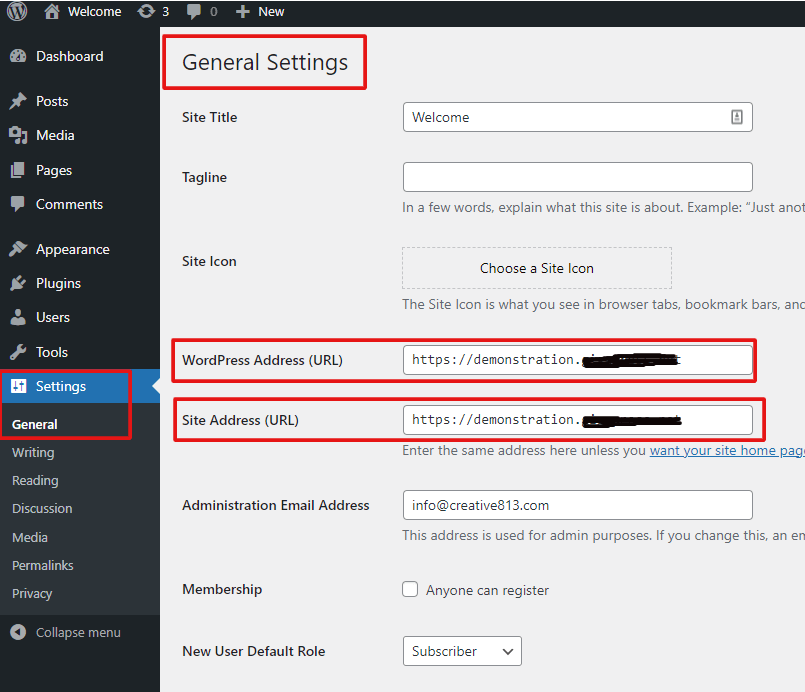
2. Use HTTPS for All Resources
Ensure that all resources, including images, scripts, and stylesheets, are loaded via HTTPS.
- Update Media URLs: Go to your media library and update the URLs of all your images, videos, and other media files to use HTTPS.
- Check Theme and Plugin URLs: Ensure that all URLs in your theme files and plugins are using HTTPS. This might require manually editing some files if they contain hard-coded HTTP URLs.
3. Use Plugins to Manage HTTPS
Several plugins can help manage and enforce HTTPS across your WordPress site, reducing the risk of mixed content errors.
- Really Simple SSL: This plugin automatically detects your settings and configures your website to run over HTTPS. It also handles many common issues with HTTPS, making the transition smooth.
- Better Search Replace: Use this plugin to search your database for HTTP URLs and replace them with HTTPS. This ensures that all references to internal resources are secure.
4. Regularly Monitor and Scan Your Site
Regular monitoring and scanning can help you catch and fix mixed content errors before they become a problem.
- Online Tools: Use online tools like Why No Padlock or SSL Labs to scan your site for mixed content issues.
- Browser Developer Tools: Use the developer tools in browsers like Chrome or Firefox to check for mixed content warnings. Look for red or yellow warnings in the console, which indicate non-secure elements on your pages.
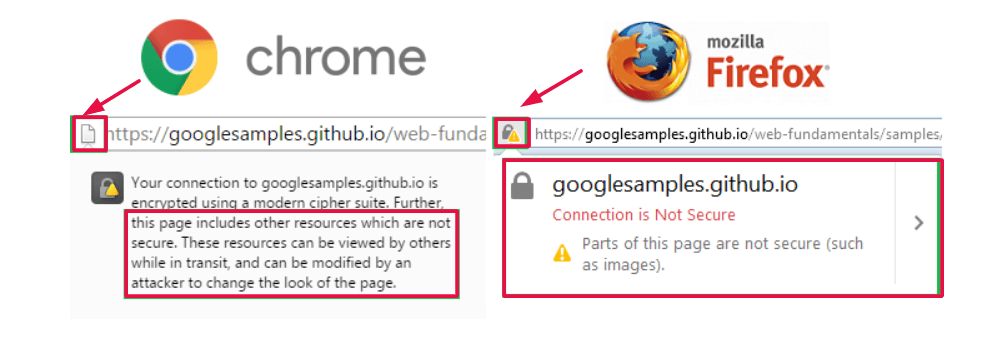
5. Educate Content Creators
Ensure that anyone who adds content to your site understands the importance of using HTTPS URLs.
- Training and Guidelines: Provide training for your content creators and editors on how to properly insert media and links using HTTPS.
- Use HTTPS in Editors: Ensure that the WordPress editor automatically converts all links to HTTPS. Many modern editors handle this by default, but it’s good to verify.
6. Update External Resources
If your site relies on third-party resources, ensure that these are also served over HTTPS.
- Check External Scripts and Stylesheets: Verify that any third-party scripts or stylesheets your site uses are available over HTTPS. If not, look for secure alternatives.
- Use HTTPS APIs: Ensure any APIs your site interacts with are accessed over HTTPS.
7. Maintain Regular Updates
Keeping your WordPress core, themes, and plugins up-to-date is crucial for security and performance.
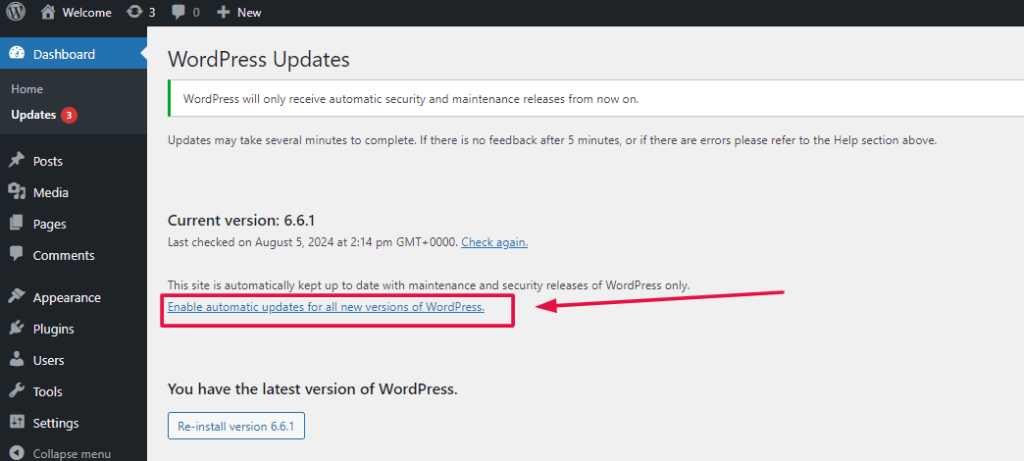
- Regular Updates: Regularly update WordPress, your theme, and plugins to the latest versions. Developers often update their software to fix security issues and improve compatibility with HTTPS.
- Review Change Logs: Before updating, review the change logs for themes and plugins to ensure that updates will not introduce new mixed content issues.
By implementing these preventive measures, you can significantly reduce the chances of encountering mixed content errors on your WordPress site. This proactive approach ensures that your site remains secure, providing a trustworthy experience for your visitors and maintaining your SEO rankings.
WordPress Mixed Content Error FAQ
Q: What is mixed content in WordPress?
A: Mixed content occurs when a webpage served over HTTPS includes resources served over HTTP, which can compromise security and trigger browser warnings.
Q: How can I check for mixed content errors on my site?
A: Use online tools like Why No Padlock or browser developer tools to identify mixed content warnings on your site.

Q: Do I need to fix all mixed content errors?
A: Yes, fixing all mixed content errors is crucial for maintaining your site’s security and performance.
Q: Can the SSL Insecure Content Fixer plugin affect my site’s speed?
A: The plugin is designed to have minimal impact on site speed, but higher levels of the plugin (like Capture All) may slightly affect performance.
Q: Are there alternatives to using a plugin?
A: Yes, you can manually update URLs in your database, theme, and plugins, or use other plugins designed to fix mixed content issues.
Can Fixing Mixed Content Errors Affect Ads on a WordPress Site?
If you’re focusing on enhancing your site’s security by fixing mixed content errors, it’s natural to wonder if this could impact your ad performance. Here’s the good news: addressing mixed content issues typically won’t disrupt your ads—in fact, it could even improve your site’s overall performance. Let’s break it down!
Understanding Mixed Content
Mixed content occurs when your WordPress site loads a mix of HTTP and HTTPS resources. This can create security vulnerabilities and might even drive visitors away due to insecure warnings. Fixing these discrepancies by ensuring all content loads securely over HTTPS is essential for a safer, more professional website.
Impact on Ad Performance
Fixing mixed content strengthens security and boosts user trust, which ultimately supports a better experience on your site. Plus, major ad networks like Google AdSense already support HTTPS. As long as your ad networks deliver content securely, fixing mixed content won’t interfere with ad functionality or performance.
Boost in SEO and Trust
By resolving mixed content errors, your site may benefit from improved SEO rankings and increased user trust. This can also have a positive impact on ad visibility and click-through rates. Secure sites are prioritized by search engines, so a fully HTTPS-secured site can give you a boost in organic traffic, potentially making your ads more effective.

Best Practices for Fixing Mixed Content
When addressing mixed content, be sure to:
- Update all URLs in your theme and database to HTTPS.
- Verify that third-party resources, including ads, are also secured with HTTPS.
Fixing mixed content errors not only makes your site more secure and trusted but could even enhance ad performance. It’s a small effort that can lead to a more profitable, user-friendly site overall!
Conclusion: Easy Fix The Mixed Content Error
Addressing mixed content errors is essential for maintaining a secure and trustworthy WordPress site. By understanding what causes these errors and how to fix the mixed content error, you can ensure a seamless and secure browsing experience for your visitors.
When it comes to fixing mixed content errors, there are several approaches available. Manual fixes via code allow for precise control over the corrections. though they require a certain level of technical expertise. Alternatively, WordPress plugins can streamline the process. offering automated solutions that simplify the task for those less comfortable with coding. Additionally, updating all media and links to HTTPS ensures that all elements of the website are securely loaded. Further mitigating the risk of mixed content issues.
In summary, taking the time to diagnose and fix mixed content errors. It is essential for any WordPress site owner. Who are committed to providing a secure, user-friendly experience. By leveraging the tools and strategies discussed. You can enhance your website’s security. Improve SEO performance, and ensure a seamless experience for your visitors. Addressing mixed content not only fortifies your site against potential threats. But also fosters trust and credibility with your audience. Paving the way for sustained success in the digital landscape.
Following this tutorial will help you resolve mixed content errors efficiently. Regularly checking your site for such issues and staying updated with the latest WordPress practices will keep your site running smoothly and securely.
If you’re looking for fast WordPress hosting as well as done-for-you updates, check out our hosting packages by clicking the button below:


